{The right finishing}
Do you really have to wash and block knitting projects after binding off? Or let them dry flat? What does this blocking actually mean? And do you have to do it after every wash?
The topic of "blocking" was already on everyone's lips in 2019 during our first Mother's Day shawl knit-along for the Zora shawl. This year's shawl Lotti, which is to be created for Mother's Day, also needs to be blocked at the end, firstly to develop the full effect of the pattern and secondly to grow to its full size.
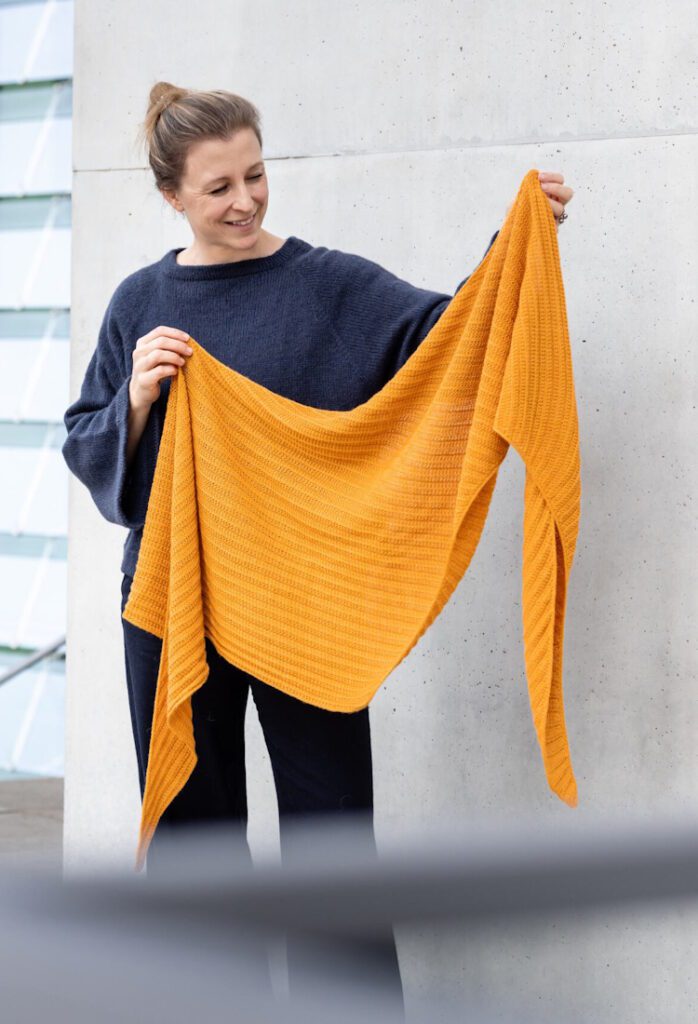
Photo: ©️ Ines Grabner / Maschenfein
But to reassure you: In my first knitting life, I didn't know anything about the right finish when knitting either. But when I (re)started the most beautiful hobby in the world a few years ago, I kept coming across the terms "tensioning" or "blocking". At the time, there wasn't much to be found on the internet - so I simply didn't know what exactly I was supposed to do. I discovered a few articles about blocking lace shawls, but as I didn't knit lace at all, I didn't really know whether this was the kind of blocking I should be doing.
Blocking shawls - before / after
Today I am a lot smarter and know that blocking is not witchcraft at all, but just that: blocking. And I have learned that not only lace projects should be washed and blocked (even if the effect is very obvious with these patterns), but also projects in stockinette stitch.

Photos: ©️ Sandra Groll
Using the example in the pictures on the right, you can clearly see the effect of wet blocking on a shawl even without a lace pattern. The two pictures on the left show the model shawl Djuna from my second shawl book simply hung over the doll directly after binding off.
After wet blocking, you can see the same shawl in the two pictures on the right. And you can certainly see the difference: how wonderfully smooth, clean and tidy it looks now and how beautifully it has grown.
The stitch definition usually evens out through washing and blocking, and the yarn often "fluffs up" nicely (depending on the fiber material), unfolds and becomes soft.
Washing and blocking - instructions
And how exactly does it work? So what exactly do you have to do? Sandra photographed it for you step by step when she was finishing her patchwork shawl Salma - at that time with a different yarn combination than the current kit.

(1) to (3): Soak the knitted item in a suitable detergent of your choice (or just in lukewarm water) in the sink. I will introduce suitable detergents below. About 10 minutes is enough. The piece should have soaked up a lot of water, you can also leave it in the basin for longer, but be careful:
Colors can bleed in the first wash cycle!
If you have knitted with strongly contrasting colors, be sure to stand next to them and observe whether the colors "bleed". If the water becomes strongly colored, you should drain it and continue soaking the piece of knitting under the running tap, preventing the color from rubbing off onto other colored sections.
Gently squeeze water
(4) to (5): Then drain the water and gently squeeze the piece, take it out of the basin and spread it out (6) on a large, dry towel. Roll it (7) into the towel and press or walk (8) around it properly to soak up the moisture.

If you don't want to stretch your knitwear too much (for example, for cardigans without a pattern or similar), you can now simply lay it flat to shape it (on another, completely dry towel or simply on the carpet) and leave it to dry for one to two days.
However, if you want to create tension (for example, because you want a shawl to increase in size or a pattern to unfold properly), you will need a few practical accessories:
Blocking knitwear - blocking mats, needles & co.
In picture (1) you can see the blocking mats from Cocoknits, comb needles, two different types of blocking wires (one from Knools and one from Knit Pro) and T-pins. (2) Blocking mats simply serve as a base. They can usually be puzzled together and offer the possibility of pinning the knitted pieces.
There are blocking mats in all price ranges. The simplest are letter puzzle mats for children, which you can find in toy shops or even already have at home. There are reports on the internet about these puzzle mats rubbing off, but I've been using them myself for years and the only thing that really annoyed me was having to constantly puzzle those darn letters and numbers back into place.
So if you don't have these mats at home and don't have children who enjoy letter puzzles anyway, I would recommend buying real stretching mats. We have both the Cocoknits and Knit Pro stretch mats in our store. The set from Cocoknits is more expensive overall, but also contains significantly more and is much prettier, if I may say so impartially. However, it is an investment that is well worth it if you want to continue knitting projects in the future.
Comb needles and T-pins for securing the knitted pieces
In pictures (3) and (4), Sandra is pinning the shawl to the mats with the so-called "comb pins". We have the beautiful turquoise, the colorful and the plain white version of the comb pins in the store. It's purely a matter of taste - I have all three, because one pack just wasn't enough for me at some point. Compared to the simple T-pins, the comb pins have the advantage that a whole piece can be pinned at once and tension can be created more evenly, resulting in fewer/no bumps.
The use of blocking wires
Figures (5) to (7) demonstrate the use of the tension wires. They are carefully "threaded" into the edge of the piece of knitting in order to exert an even pull on one whole side. The wires are then pinned to the mats using the T-pins.
Blocking wires are also available in many variants, we have been using the wires from KnitPro for years, they are great, which is why we also recommend them to blocking beginners. The wires from Knools are even more flexible and therefore particularly useful for blocking a wide variety of shapes. In addition to the basic set, Knools also offers an extra set of blocking wires if you need more.
(8) Now allow the knitted piece to dry thoroughly under tension for one to two days (or even longer, depending on the material).

Photo: ©️ Ines Grabner / Maschenfein
We are also often asked whether knitwear needs to be blocked again after every wash. Our "luck" is that woolen items generally don't need to be washed very often, as wool has a self-cleaning function and airing out is usually sufficient.
Nevertheless, sometimes you can not do without another wash. Depending on the knitted piece, it will be necessary to block them again. For example, shawls with patterns that have contracted too much due to washing. On the other hand, you can usually just leave sweaters knitted in stockinette stitch to dry lying flat.
Accessories for washing and blocking
You can find an overview of all the accessories you can buy for washing and blocking in the Maschenfein store under Accessories - Care.
In the store you will find various detergents with different fragrances. Try them out to find your favorite! But they all have one thing in common: whether Eucalan, Kaell or the detergent from Pascuali - all variants clean your knitwear in a particularly gentle and environmentally friendly way. They are biodegradable and completely free from phosphates.
For larger pieces of knitting, sooner or later you will also need a suitable base - I have already written about this in detail above. In addition to conventional play mats, there are also proper blocking mats from KnitPro or Cocoknits. And you can also find suitable sock blockers in all sizes for blocking socks in the store.
Stainless steel blocking wires are available to ensure that the knitted items are properly tensioned. They are incredibly practical, especially for shawls, and are well worth buying. We recommend Knit Pro wires for beginners, as they are somewhat easier to use. Knools wires are even more suitable for lace shawls or knitted items of other shapes, as they are even more flexible.
Another must-have: T-pins! You absolutely need these to attach the piece that will be on the wires to the mats. The KnitPro blocking set contains a few T-pins, but you should also buy a small pack of them. T-pins are not a substitute for pins, as these can rust quickly. If your knitted item is drying on the mats, i.e. is still damp, you want to avoid rust at all costs!
Beautiful accessories please the eye!
In addition to the simple T-needles, Knit Pro also offers comb needles: You don't need them for every piece of knitting, but once you have them, you won't want to be without them. With the help of comb needles, straight edges can be put under more even tension. We have different color variants in the store - but beware, the decision is not easy! 😉
Now you know everything you need to successfully complete a knitting project. We put so much effort into knitting - we want the finished project to reveal its full beauty in the end. I promise you, it will be even more fun to wear!

Photo: ©️ Ines Grabner / Maschenfein
 Our summer yarns
Our summer yarns Perfect for summer: the Zoe shirt
Perfect for summer: the Zoe shirt Looking for a home for your needles? You can find the needle bags here
Looking for a home for your needles? You can find the needle bags here You can find all Maschenfein pattern here
You can find all Maschenfein pattern here
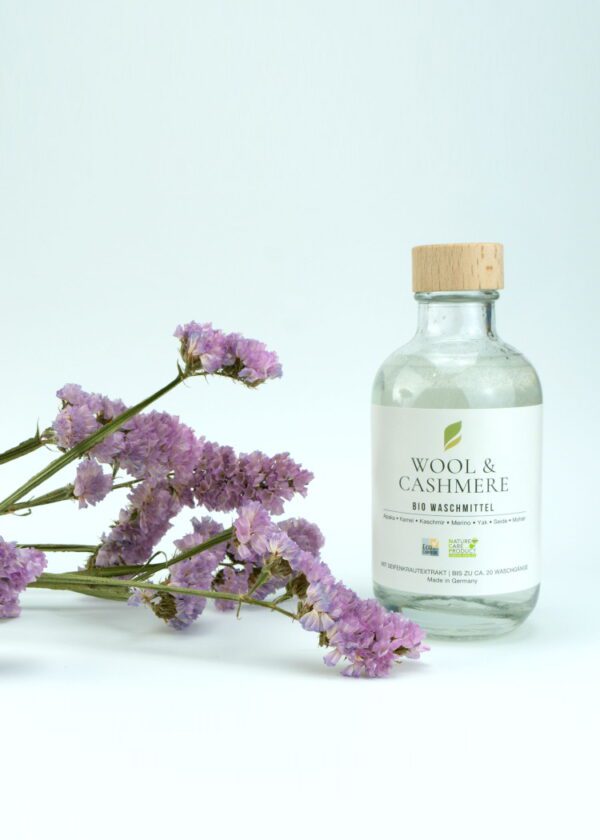
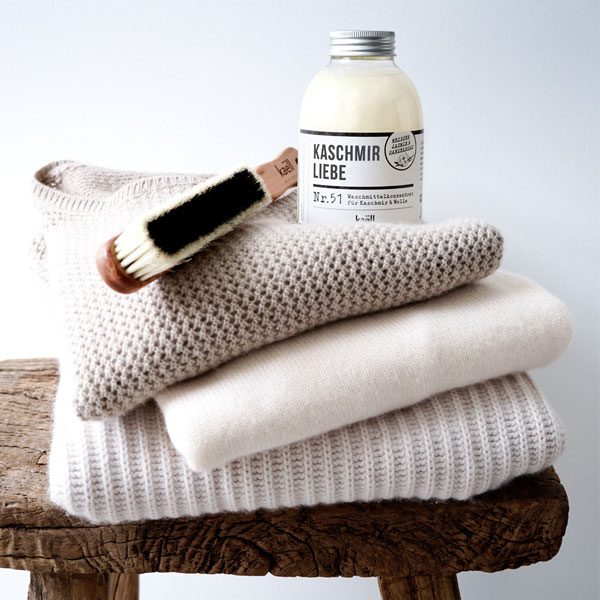
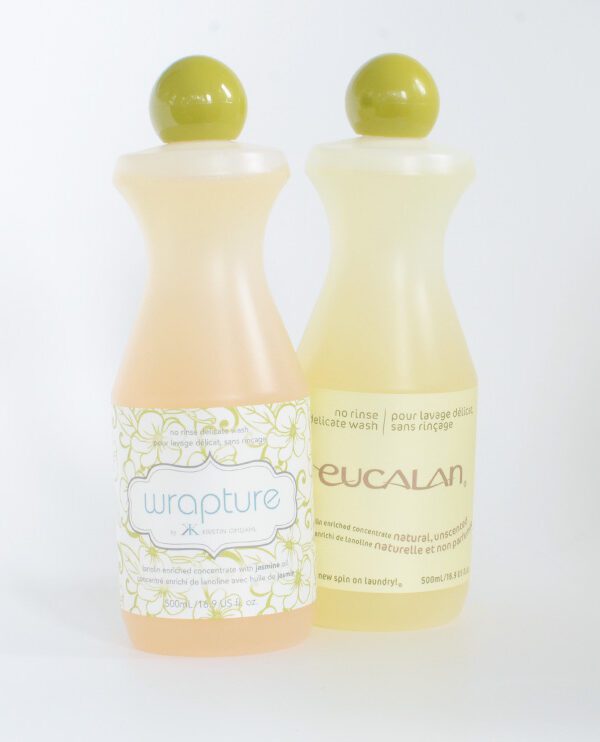


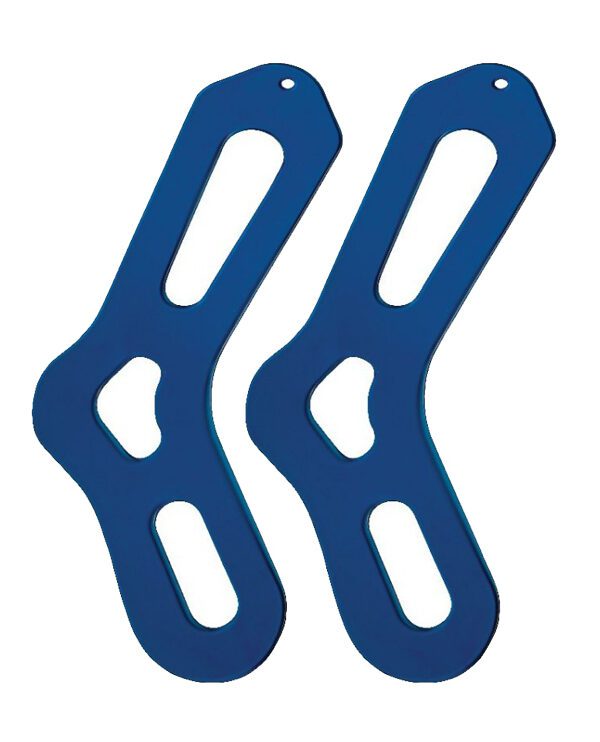
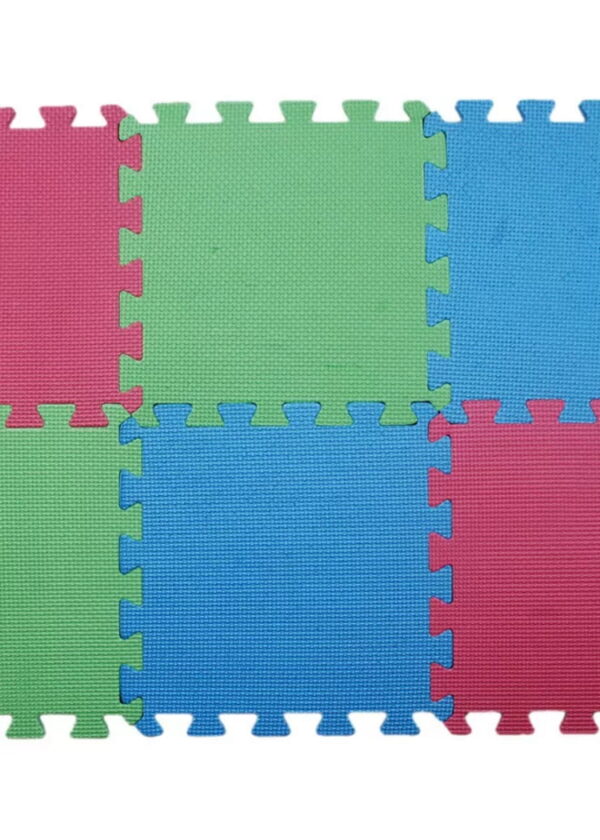


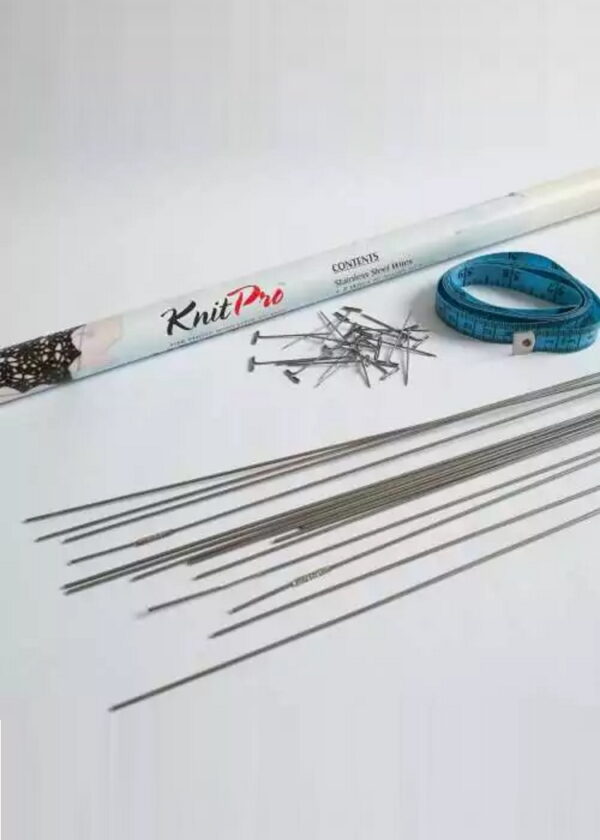
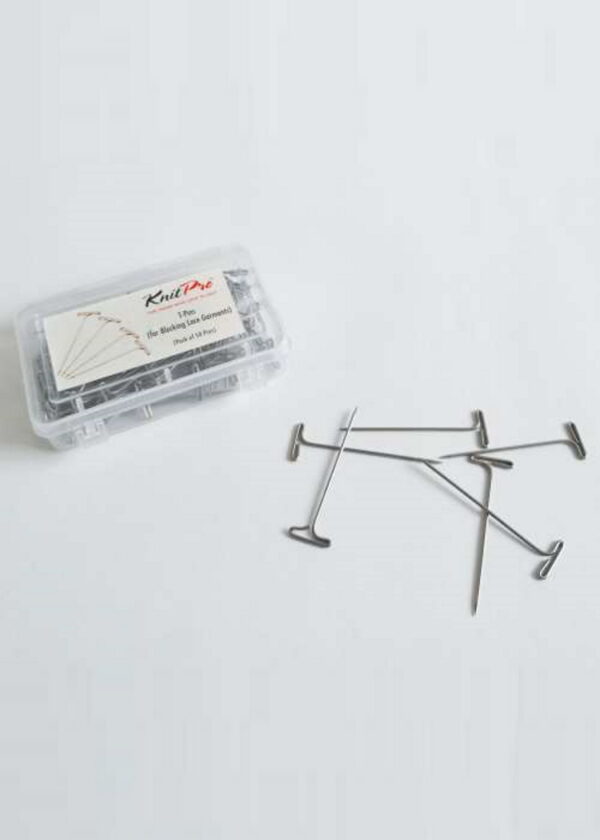


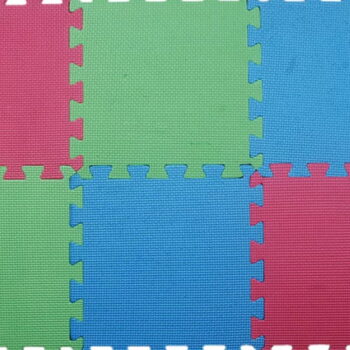
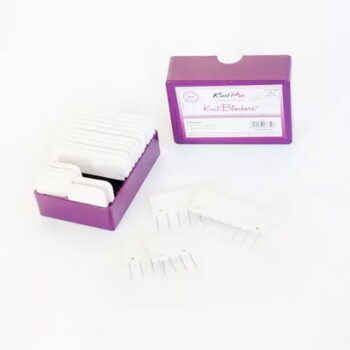
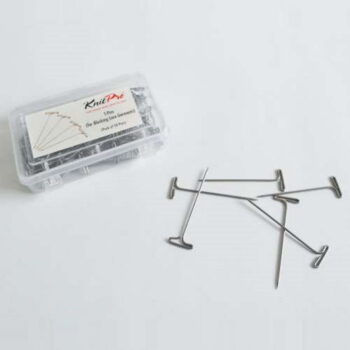

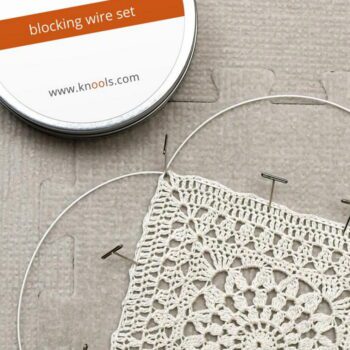
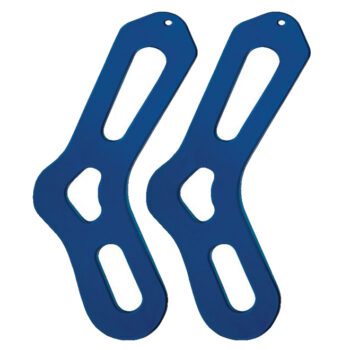


7 comments
I have been knitting small items, clothing and hats for many years. However, this is the first time I have heard of this arrangement. But I think it has its proper application. I will be doing the same soon.
So far I have only stretched a scarf, which has thus clearly won. Now the first sweater is ready, or so far only the individual parts. The question arises whether I should first stretch the sewn-together sleeves before I sew them into the sewn-together front and back (then of course also stretched) ? They would gain width.
Dear Martina, we would recommend that you first sew the pieces together and then wash and stretch the entire sweater into shape. However, please check the pattern again to see how the sweater should be stretched. Often, after washing (please choose hand wash here), you only stretch the finished pieces into shape and then fix the finished piece e.g. with worsted pins. If the pieces do not fit together properly when sewing, it would also be a possibility to wash and stretch them individually and then sew them together. However, you really have to tighten them so that everything fits together properly afterwards. It also depends a bit on the pattern you choose and the yarn you use. In short: If possible, I would say that you first sew and then wash and stretch. 🙂 Many greetings and good luck! Sophia
Stretching knitted pieces is similar to ironing sewn. Not very popular, but you get a better (perfect) result.☺️ LG Delia
Dear Maschenfein team,
I have done the stretching 1x....and it was enough for me. After that I went to the dry cleaner of my confidence - no chain, owner-operated - and have given my stole there. No problem, came back "specially treated" in perfect condition (cost: 20 €) but you do that -as described above, not constantly.
Then one gave me in the cleaning still the tip, one can also take a baby shampoo, because what is wool other than hair....What I let to my face and the hair, I can also do to the wool. Obviously.
Since the tensioning is rather a science in itself and I'm not a permanent knitter, as probably many others, this is the royal road, if tensioning is a horror 😉
LG from Wuppertal,
Daniela Hofmann
" And do you have to do that after every wash?"
It's a pity if the question from the headline is not answered or even addressed in the whole article...
Dear Daniela, thank you for your comment. That's right - the point has actually gone under. I'll add it 🙂 Basically, you don't need to wash knitwear as often as normal laundry. Often airing out the knitted piece is enough, as wool has a self-cleaning function. Of course, you still can't avoid another wash every now and then. Depending on the knitted piece and pattern, you may have to stretch again if your garment has shrunk too much again. Personally, I stretch scarves again (for example, our Elara scarf, which is supposed to dry under tension), but classic basic sweaters in stockinette stitch hand are not. It is, as so often, a case-by-case decision. Best regards and keep up the fun with your knitting! Sophia